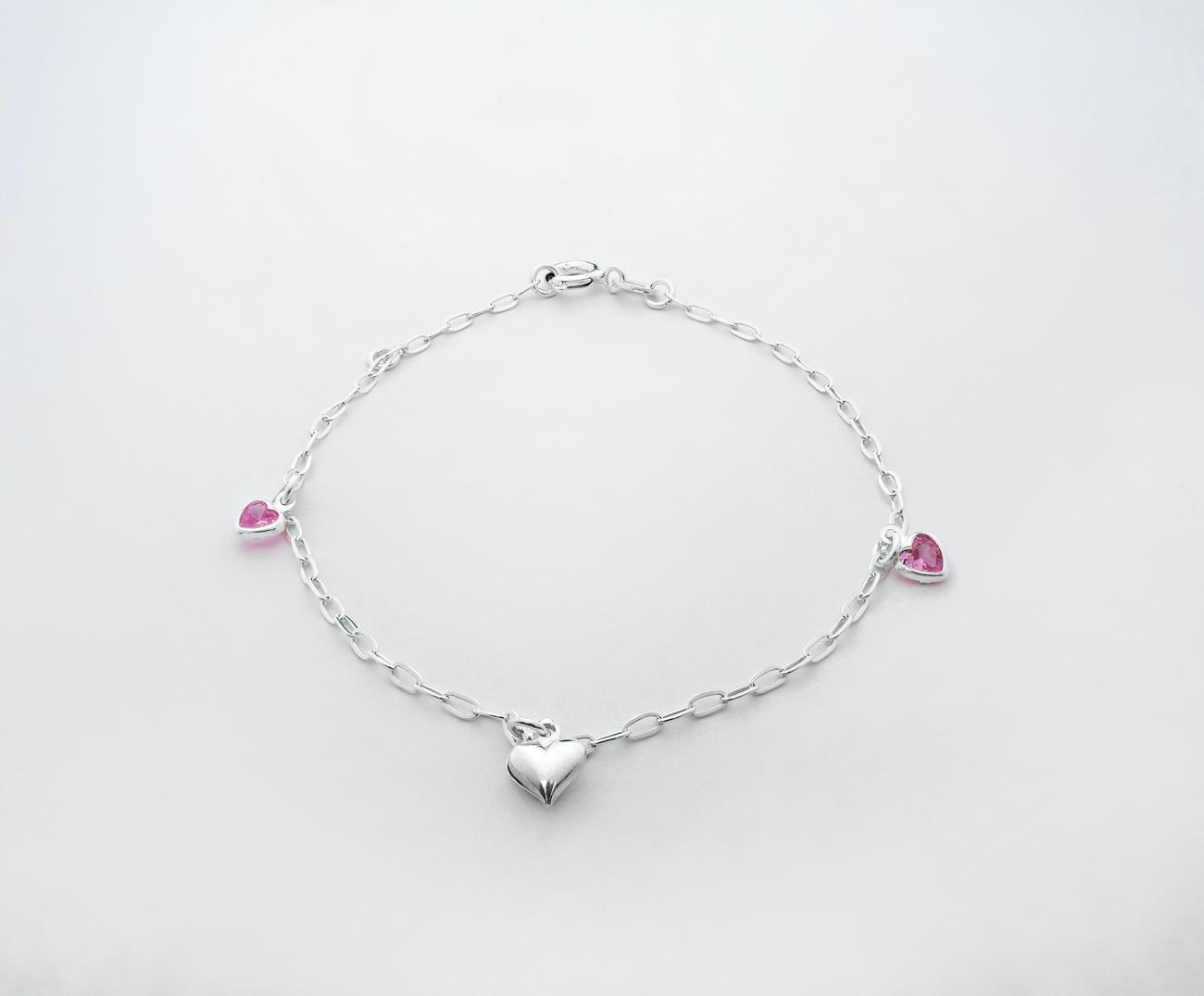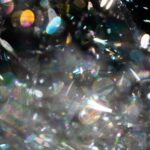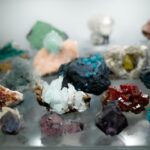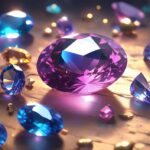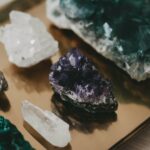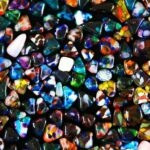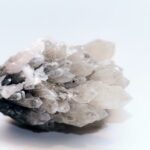Welcome, young readers, to a captivating exploration of opal – a mesmerizing gemstone that holds a world of fascinating facts just waiting to be discovered. In this article, titled “Fascinating Opal Facts for Kids: Origins, Properties, and Significance,” we will delve deep into the origins, properties, and significance of opal, revealing its mystique and allure. As a seasoned children’s writer with a knack for engaging and informative content, I am thrilled to introduce you to the wondrous world of opal, where science meets beauty and curiosity knows no bounds.

Facts About Opal for Kids
Opals are truly fascinating gemstones that possess both beauty and mystery. Let’s dive into the captivating world of opals and explore their origins, properties, and significance.
Origins of Opals
Opals have a unique composition that sets them apart from other gemstones. They are made up of small spheres of silica arranged in a regular pattern, with water between the spheres. This combination gives opals their mesmerizing colors and optical effect, known as ‘opalescence.’ It’s like a natural light show trapped within the stone!
Properties of Opals
Opals come in different varieties, but the two main types are common opal and precious opal. What makes them different? Precious opals have vibrant colors and exhibit a captivating play of color, while common opals lack this optical effect. There are opals for every taste and style!
Opals are highly valued for their uniqueness. Unlike most gemstones, opals don’t have a defined crystalline structure, which means each one is truly one-of-a-kind. Imagine having a gemstone as extraordinary as you are!
Significance of Opals
Opals hold special significance as the birthstone for the month of October. This makes them extra special for those born in that month. They are believed to bring beauty, success, and happiness to their wearers. In fact, in ancient times, people even thought that opals had the power to make the wearer invisible! How cool is that?
Opals have been associated with various beliefs throughout history. They were thought to possess medicinal powers, protecting against heart and kidney failure. However, it’s always important to remember that beliefs and folklore shouldn’t replace proper medical care. Opals are amazing gemstones, but they can’t work miracles!
The Intriguing World of Opals
One of the reasons opals are beloved by many is their unique shapes and colors. Their patterns are unpredictable, making every opal a delightful surprise. It’s like having a mini universe in the palm of your hand!
If you want to learn more about opals, there are fantastic websites you can visit. Check out ga.gov.au, kids.kiddle.co, kids.nationalgeographic.com, linneys.com.au, and thesprucecrafts.com to dive deeper into the enchanting world of opals. There’s always more to discover!
Remember, opals are not only beautiful but also hold a rich history and significance. Whether you’re captivated by their vibrant colors or fascinated by their origins, opals are sure to spark curiosity in any young mind. So, put on your explorer’s hat and embark on a thrilling journey through the mesmerizing world of opals!
Key Takeaway: Opals are multi-colored gemstones with a unique composition. They come in various types, including precious opals that exhibit vibrant colors and a play of color, and common opals that lack this optical effect. Opals are significant as the birthstone for October, and they have been associated with beliefs of bringing beauty, success, and happiness. Opals are truly one-of-a-kind gemstones with unpredictable shapes and colors, making them a favorite for many.
Opals are truly captivating gemstones that mesmerize with their unique play of color. If you’ve ever wondered about the intriguing origins and fascinating characteristics of opals, you’re in for a treat! Discovering interesting facts about opals will open your eyes to the magical world hidden within these magnificent gems. From their enchanting formation process to the various types and colors they exhibit, opals have a rich history that is sure to leave you in awe.
Ready to delve into the universe of opals? Click here to unravel the mysteries behind these remarkable gemstones: interesting facts about opal. Prepare to be amazed by the untold stories that lie beneath the surface of these captivating gems. Whether you’re a gemstone enthusiast or simply curious about the wonders of nature, this is an opportunity you won’t want to miss. Embark on a journey that will leave you with newfound knowledge and a profound appreciation for the beauty that opals hold within them.
The Most Colorful Gemstones on Earth – Mesmerizing Opals
[youtube v=”9iAn6Jdb-ig”]
Opals are a truly unique and mesmerizing gemstone that never fails to captivate with its vibrant colors and captivating play of light. Unlike other precious stones such as diamonds, rubies, and emeralds, opals are extraordinarily diverse and no two opals look the same. This is due to a characteristic called “play of color,” which is a dazzling display of shimmering light that sets opals apart from all other gemstones.
Opals are composed of small spheres of silica arranged in a regular pattern with water between them. The formation of opals begins deep underground, where water trickles through gaps in soil and rock, picking up silica dioxide along the way. This silica-enriched water enters various materials such as volcanic rock, prehistoric riverbeds, and even the bones of ancient creatures. Over time, the water evaporates and forms a gel-like substance, within which millions of silica spheres settle into a lattice structure.
While most opals have a haphazard lattice structure, resulting in common or “potch” opals with unremarkable exteriors, there is a mesmerizing percentage known as precious opals. These opals have regions where silica beads of uniform size form orderly arrays, creating stunning displays of color. The unique structures of these precious opals produce vibrant colors thanks to a principle of wave physics called interference. When light interacts with the opal, it reflects off multiple layers, amplifying certain wavelengths and canceling out others, resulting in an array of vivid hues.
The mesmerizing colors of opals are further influenced by the size of the silica beads, which determine the wavelength of light that is amplified. For example, spaces between 210-nanometer beads amplify blue light, while red light requires beads close to 300 nanometers. This explains why red opals, with their long wavelengths, are the rarest and most sought-after.
Opals are not only unique in their appearance but also in their formation. The circumstances that lead to the creation of precious opals are incredibly rare and only occur in a few locations around the world. Australia is the primary source of opals, where an ancient inland sea created the perfect conditions for opal formation. It was within this environment that the famous Halley’s Comet Opal, named after the celestial body, was formed some 100 million years ago.
Opals hold a special place among gemstones, being the birthstone for October. They are believed to bring beauty, success, and happiness to their wearers. Throughout history, opals have also been associated with various medicinal powers, although it is important to note that proper medical care should never be replaced by folklore.
To learn more about opals and explore their unique beauty, there are several websites available, such as ga.gov.au, kids.kiddle.co, kids.nationalgeographic.com, linneys.com.au, and thesprucecrafts.com.
In the next 100 million years, as silica-rich water continues to percolate through the nooks and crannies of discarded artifacts of human civilization, we can only imagine what opalescent plays of light will radiate from the forgotten treasures of our time.
“Opals are a truly unique gemstone that dazzles with their vibrant colors and captivating play of light. Unlike other precious stones, each opal is one-of-a-kind, with no two opals looking the same. The formation of opals involves a confluence of chemistry, geology, and optics, giving birth to their mesmerizing appearance. The colors and optical effects of opals are a result of the interference of light waves within the silica bead structure, amplifying specific wavelengths and creating a wide range of vivid hues. These rare and beautiful gemstones are primarily found in Australia, where an ancient inland sea provided the perfect conditions for their formation. Opals have been treasured throughout history, believed to bring beauty, success, and happiness. They are also associated with medicinal powers, although modern medicine should always be prioritized. To learn more and explore the unique beauty of opals, there are various websites available for further information.”
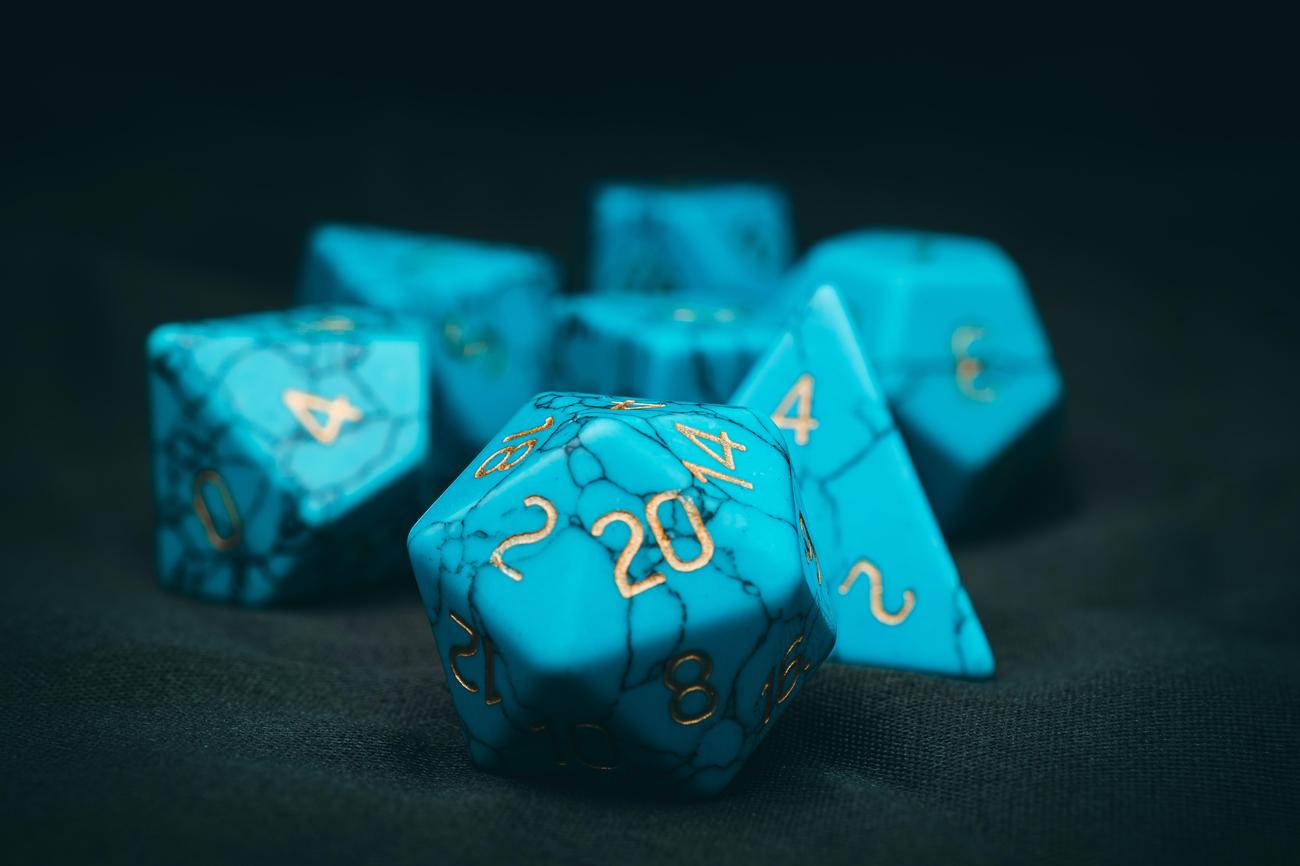
FAQ
Q: What are opals made of?
A: Opals are composed of small spheres of silica arranged in a regular pattern, with water between the spheres. These spheres diffract white light, creating the vibrant colors that opals are known for.
Q: Are opals special for certain people?
A: Yes, opals are the birthstone for the month of October, making them special for those born in that month.
Q: What beliefs are associated with opals?
A: Opals have various beliefs associated with them, including bringing beauty, success, and happiness. In ancient times, opals were even believed to make the wearer invisible. They were also thought to have medicinal powers to ward off heart and kidney failure.
Q: What are the different types of opals?
A: There are two main varieties of opal: common opal and precious opal. The difference between the two lies in the optical effect they produce. Precious opals have vibrant colors and exhibit a play of color, while common opals lack this optical effect.
Q: Why are opals unique among gemstones?
A: Opals are unique among gemstones because they do not have a defined crystalline structure. This lack of structure gives opals their unique and unpredictable shapes and colors, making them truly one-of-a-kind.
- Unveiling the Enigma: Mansoureh Khojasteh Bagherzadeh’s Public Appearances & Private Life in Iran - July 18, 2025
- Unveiling the Mystery: Mansoureh Khojasteh Bagherzadeh’s Husband: A Rare Glimpse into a Private Life - July 18, 2025
- Unveiling Masoud Khamenei’s Mother: Power, Influence, and Iran’s Future - July 18, 2025
